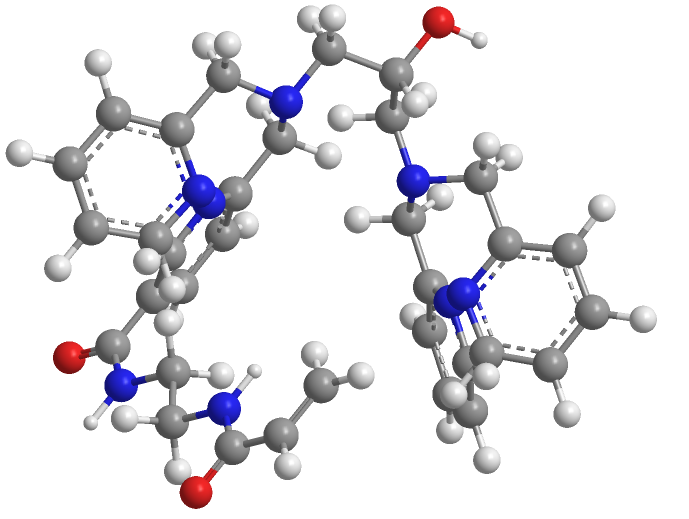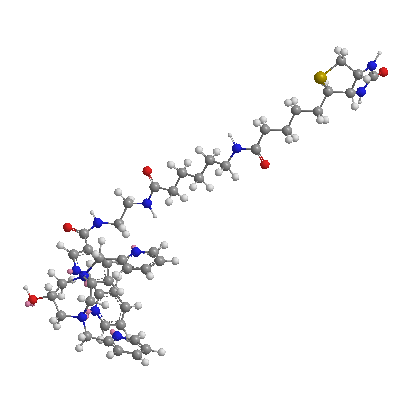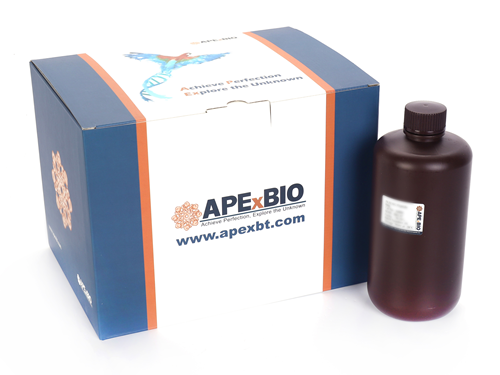Protein Phosphorylation Research
Phosbind Reagents are simple and convenient tools for separation and detection of phosphorylated proteins or peptides.
Protein phosphorylation is an important covalent post-translational modification that can alter the structural conformation of a protein, which then regulates the function, location and specific binding of the target protein. Many cellular processes are regulated by the reversible phosphorylation of proteins and 30% of the proteins are likely to be phosphorylated at some point during their existence.
The determination of the phosphorylation state of proteins is important for defining protein kinase substrates and revealing the activation state of signal transduction pathways. Methods for determining the phosphorylation status of proteins are thus have important implications in the understanding of diverse biological and pathophysiological processes, such as signal transduction pathways, cancer and other diseases.
Phos binding reagents are specific and selective phosphate-binding reagents, and exhibit preferential ionic interactions with phosphorylated ions on phosphorylated proteins or peptides at neutral pH. Phos binding reagent is a dinuclear metal (Zn2+ or Mn2+) complex.
Phosbind Acrylamide is a specific reagent for separation of phosphorylated proteins using SDS-PAGE method. And Phosbind Biotins are specific reagents for detection of phosphorylated proteins using Western Blot and can instead of the specific phosphorylated antibodies.
-
 F4001 Phosbind Biotin BTL-104Summary: 等同于Phos-tag Biotin BTL-104,包含ZnCl2,用于检测纯化的磷酸化蛋白
F4001 Phosbind Biotin BTL-104Summary: 等同于Phos-tag Biotin BTL-104,包含ZnCl2,用于检测纯化的磷酸化蛋白 -
 F4002 Phosbind Acrylamide4 CitationSummary: 等同于Phos-tag Acrylamide,包含MnCl2,用于分离和检测磷酸化和非磷酸化蛋白
F4002 Phosbind Acrylamide4 CitationSummary: 等同于Phos-tag Acrylamide,包含MnCl2,用于分离和检测磷酸化和非磷酸化蛋白 -
 F4004 Phosbind Biotin BTL-105Summary: 等同于Phos-tag Biotin BTL-105,包含ZnCl2,用于检测纯化的磷酸化蛋白
F4004 Phosbind Biotin BTL-105Summary: 等同于Phos-tag Biotin BTL-105,包含ZnCl2,用于检测纯化的磷酸化蛋白 -
 F4005 Prestained Protein Marker (Triple color, EDTA free, 10-250 kDa)Summary: 通用型预染蛋白marker,不含EDTA
F4005 Prestained Protein Marker (Triple color, EDTA free, 10-250 kDa)Summary: 通用型预染蛋白marker,不含EDTA -
 B8226 InstaBlue Protein Stain Solution1 CitationSummary: 用于超快蛋白凝胶染色
B8226 InstaBlue Protein Stain Solution1 CitationSummary: 用于超快蛋白凝胶染色

